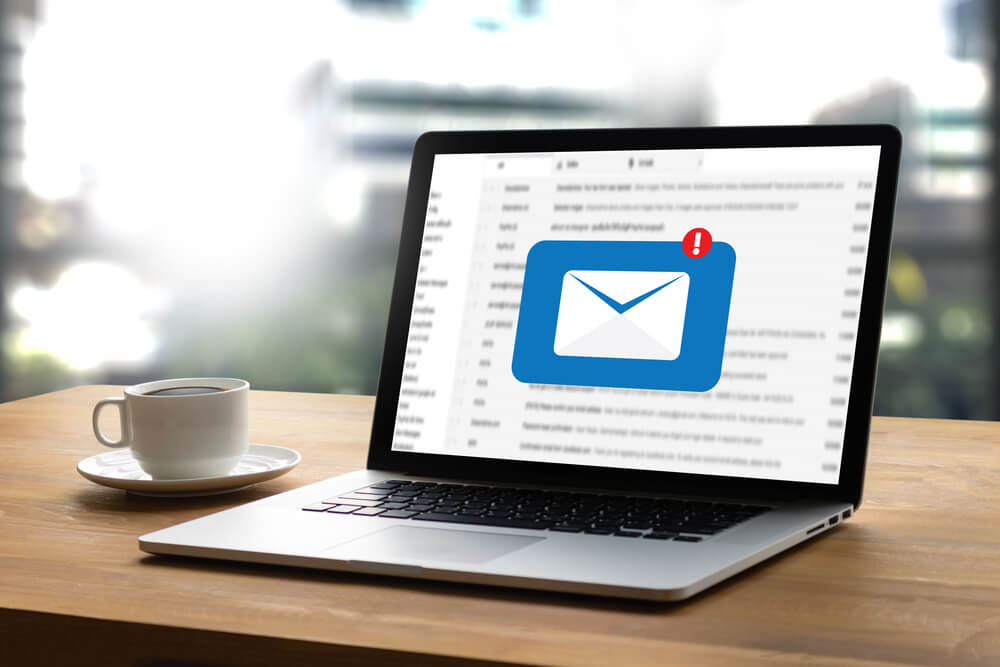
Ever felt like you’re playing hide and seek with your payments, but the payments are always winning?
For small business owners, unpaid invoices and late payments can feel like a game you didn’t sign up for. Chasing down overdue payments and outstanding invoices isn’t just frustrating; it can seriously mess with your cash flow and customer relationships.
But don’t worry, we’ve got you covered with strategies to make sure you receive payment promptly, keep your business relationships intact without all of the hardwork.
Effective Strategies for Payment Follow-Up
Here’s how to ensure your payment processes are seamless.
1. Establish Clear Payment Terms
Imagine this: you’ve just finished a big project for a client, and it’s time to get paid. But wait, the payment terms were as clear as mud. Setting clear payment terms upfront is like giving your payments a GPS—so they know exactly where and when to arrive.
Include the Essentials:
- Due Date: Clearly state the due date on every invoice.
- Payment Method: Mention the acceptable payment methods.
- Late Fees: Specify any late fees for overdue invoices.
Example: “Payment is due 30 days from the invoice date. Payments can be made via bank transfer or credit card. A late fee of 2% will be added to invoices past due.”
Incorporating clear terms from the start can prevent a lot of the payment drama down the road.
2. Send Friendly Reminders
A gentle nudge can work wonders. Before the due date, send a friendly reminder email to your client. Think of it as a polite tap on the shoulder, reminding them that their payment is coming up.
Friendly Payment Reminder Email Template:
Subject: Upcoming Payment Reminder for Invoice #12345
Hi [Client’s Name],
I hope you are well. This is a friendly reminder that invoice #12345 is due on [Due Date]. Please let us know if you have any questions regarding the invoice.
Thank you for your prompt attention to this matter.
Best regards,
[Your Name]
[Your Business Name]
It’s a simple email, but simple can be very effective. Sending these reminders can ensure your invoice doesn’t get lost in the shuffle.

3. Follow Up Immediately After the Due Date
When the due date passes and you haven’t received payment, it’s time to spring into action. Following up promptly shows that you’re on top of your business and that timely payment is important to you.
Quick Action is Key:
- Overdue Invoice: As soon as the invoice is overdue, send a follow-up payment email.
- Professional Tone: Maintain a professional tone to keep the communication positive and constructive.
- Invoice Details: Include the invoice number, due date, and any late fees that may apply.
Follow-Up Payment Email Template:
Subject: Follow-Up on Overdue Invoice #12345
Dear [Client’s Name],
I hope this message finds you well. We noticed that invoice #12345, due on [Due Date], has not yet been paid. Please let us know if there are any issues or if you need any assistance with the payment process.
We appreciate your prompt attention to this matter.
Kind regards,
[Your Name]
[Your Business Name]
This approach keeps things friendly but firm, ensuring that your client knows the importance of addressing the overdue payment.
4. Use Multiple Communication Channels
Sometimes, emails alone might not do the trick. Diversifying your communication methods can increase the chances of receiving payment, but it’s important to follow legal guidelines to ensure your approach is respectful and compliant.
Mix it Up, Legally:
- Emails: Continue with polite reminder emails and overdue invoice emails.
- Phone Calls: A direct phone call can add a personal touch and urgency. Ensure calls are made at reasonable times.
- Letters: Sending a formal letter can underscore the seriousness of the overdue payment.
- Text Messages: For clients who prefer quick updates, a text message might be more effective.
Sample Phone Call Script:
Hi [Client’s Name],
This is [Your Name] from [Your Business Name]. I’m calling regarding invoice #12345, which was due on [Due Date] and is now [Number of Days Overdue]. We would appreciate it if you could arrange for payment at your earliest convenience. If there are any issues or if you need any assistance, please let us know.
Thank you for your cooperation.
Sample Text Message:
Hi [Client’s Name], this is a friendly reminder that invoice #12345 is [Number of Days Overdue] days overdue. Please arrange for payment at your earliest convenience. Thank you! – [Your Business Name]
By using multiple communication channels within the legal guidelines, you can effectively remind your clients about their overdue payments without crossing any boundaries.

5. Implement a Structured Follow-Up Process
Having a structured follow-up process is like having a well-rehearsed playbook. It ensures consistency and increases the chances of receiving timely payments while maintaining a professional tone.
Create a Step-by-Step Process:
- Initial Invoice: Send the invoice with clear payment terms, including the due date, payment method, and late fees.
- First Reminder: Send a friendly reminder email a few days before the due date.
- Second Reminder: If the payment is not received by the due date, send a follow-up payment email immediately.
- Third Reminder: If the invoice remains unpaid, follow up with a phone call or text message.
- Final Notice: If the payment is significantly overdue, send a final notice letter or email.
Utilise Technology:
- Accounting Software: Use invoicing software to automate payment reminders and keep track of overdue invoices.
- CRM Tools: Customer Relationship Management (CRM) tools can help manage communication and follow-ups efficiently.
- Automated Reminders: Set up automated reminders to ensure no invoice slips through the cracks.
Sample Follow-Up Schedule:
- Invoice Date: Send the invoice with payment details and terms.
- 7 Days Before Due Date: Send a friendly reminder email.
- Due Date: Send a follow-up payment email.
- 7 Days Past Due: Make a phone call to the client.
- 14 Days Past Due: Send a final notice email or letter.
- 21 Days Past Due: Consider involving a collection agency if necessary.
By implementing a structured process, you create a predictable and professional approach to managing overdue invoices and outstanding payments.
6. Managing Credit Within Your Business
Effective credit management is crucial for maintaining a healthy cash flow and minimising the risk of overdue payments. Here are some key strategies to implement:
Establish a Credit Policy
Create a clear credit policy that outlines:
- Credit Terms: Define your payment terms, including due dates and late fees.
- Credit Limits: Set limits based on the client’s creditworthiness.
- Approval Process: Establish a process for approving credit for new clients.
Regularly Review Credit Terms
- Assess Clients: Periodically review the creditworthiness of your clients to adjust their credit limits if necessary.
- Update Terms: Adjust your payment terms based on your business needs and market conditions.
Monitor Accounts Receivable
- Track Invoices: Use invoicing software to keep track of issued invoices and their payment status.
- Identify Issues Early: Quickly identify overdue accounts and take prompt action to follow up.
By managing credit effectively, you can reduce the occurrence of overdue invoices and maintain a steady cash flow.

Need Help with Payment Recovery?
Staying on top of your outstanding invoices and ensuring timely payments is crucial for maintaining a healthy cash flow and strong business relationships. By implementing clear payment terms, using a structured follow-up process, and leveraging multiple communication channels, you can significantly reduce the occurrence of overdue payments.
If you have any questions or need further assistance with managing your outstanding invoices, feel free to reach out to JMA Credit Control. Our team of experts is here to help you navigate the complexities of debt collection and ensure your business stays financially healthy.





















